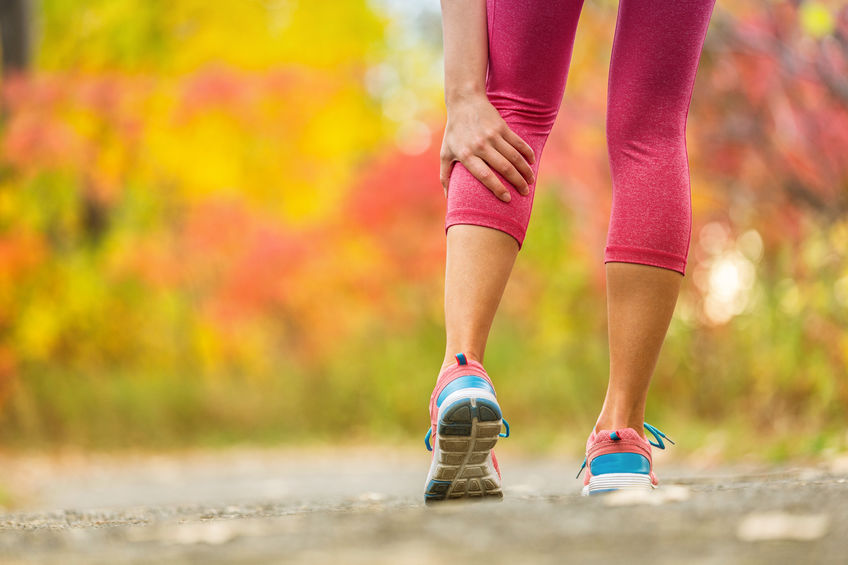If you’ve been on the Ketogenic diet or are researching everything “Keto” before starting, you’ve probably heard of some of the side effects associated with the “Keto flu,” like diarrhea, nausea, vomiting, headache, fatigue, dizziness and low libido. Add to the list, of the many unpleasant side effects that you may experience when you are doing this popular diet – leg cramps. Unfortunately, they are a normal part of the course when you switch from eating a high-carb diet to consuming a low-carb, high-fat, moderate protein diet such as Keto.
Even though leg cramps are common on this diet, it doesn’t mean you have to idly sit by and let them happen without taking any action. The good news is that if you are suffering from leg cramps on Keto, there are many things you can do to help eliminate your suffering. We will share our expert advice on what works to get rid of them, as well as, give you valuable tips and information to make your overall Keto journey easier.
What Are Leg Cramps?
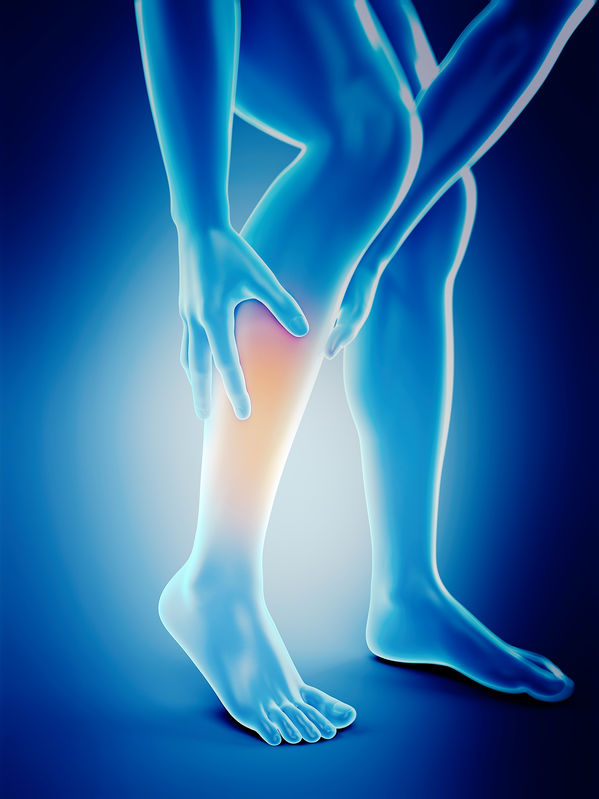
Leg cramps are involuntary muscle contractions/spasms in your legs that occur suddenly when they become tight. They usually happen in the calf muscles, but they can affect any part of your legs, including your feet and thighs. After the initial cramping has passed, you may experience tenderness and pain in your legs for several hours. More often than not, leg cramps occur at night during sleep. Leg cramps can last anywhere from a few seconds up to 10 minutes. If they last longer than this, consider visiting a doctor. Although leg cramps are a harmless condition, they can be quite painful and can definitely affect your everyday life.
Why Do You Get Leg Cramps On Keto?
Leg cramps on Keto occur for a variety of reasons including:
- A mineral/electrolytes imbalance
- Dehydration
- Exercising
- Caffeine
Mineral/electrolytes Imbalance
Electrolytes are positively charged substances that carry electrical signals between the cells that help with many bodily functions, including maintaining fluid balance. Imbalances in these substances lead to disrupted electrical messages that may cause muscle contractions and spasms.

Electrolytes include sodium, potassium, chloride, magnesium, bicarbonate, calcium, phosphate, copper, zinc, iron, manganese, molybdenum, copper, and chromium. For Keto dieters, four electrolytes are the most important: sodium, potassium, magnesium and calcium. This is because on Keto, you reduce your intake of carbs from your diet, as a result your body produces less insulin, which is the hormone that processes carbs. With less carbs to process, your body produces and also uses less insulin, which triggers your kidneys to absorb less sodium. Consequently, more sodium is released in your urine. As you excrete more salt (sodium), the less water you retain, which can lead to sodium deficiency and/or a mineral/electrolytes imbalance. On Keto, you also consume a lot less dairy and fruit which is where most Americans would get their daily allotted amounts of calcium, magnesium and potassium.
Adding supplements to your diet, whether it is Keto or not is a great way to ensure that you acquire all the nutrients, minerals and vitamins that you may otherwise lack. Let’s face it, not all of us are great at eating the FDA required daily servings of fruits and vegetables that will make a difference in our health, especially when dealing with the challenges of staying in ketosis in order to reap the benefits of the popular Keto diet.
Despite the many health benefits of fruit, the Keto diet restricts their intake because some of them are high in carbs and sugar. That is why supplementation is a good option. Make sure that you look for a supplement that has quality ingredients and has the top four electrolytes that you need to alleviate and prevent leg cramps on Keto and replenish electrolytes that you lose during ketosis.
Dehydration
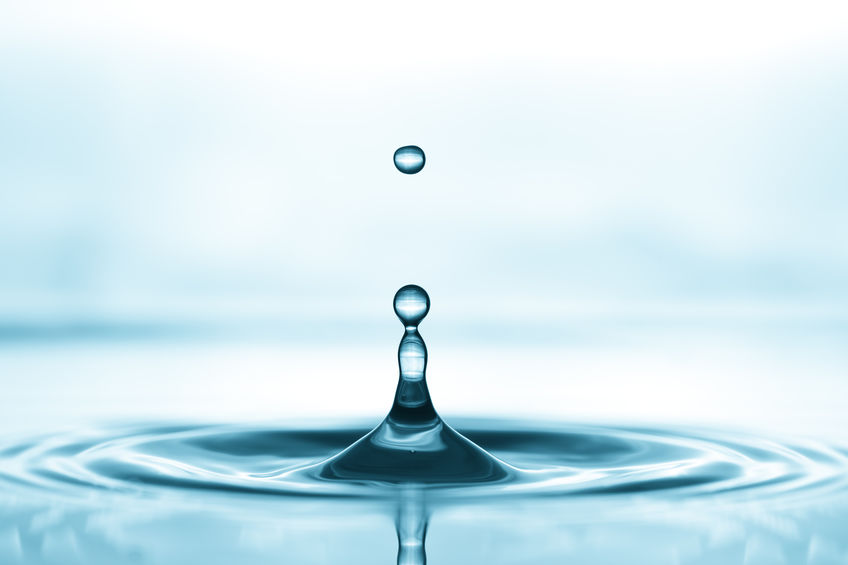
Dehydration is common because when your body begins to burn fat instead of carbs as it enters ketosis, (a metabolic process that occurs when the body begins to burn fat for energy because it does not have enough carbohydrates to burn). During this metabolic state, the liver produces chemicals called ketones, which need to be passed through increased urination. This increase can lead not only to dehydration but also a loss of electrolytes, which can lead to a mineral imbalance. Typically the minerals lost are magnesium, potassium and sodium.
Dehydration occurs when fluids are not replaced adequately and a deficit of water and electrolytes develops. Entering ketosis may cause some people to feel thirstier than normal. Some research suggests that dehydration is the main side effect of ketosis. Some of the symptoms of dehydration include: extreme thirst or dark colored urine (orange-brown), dryness of the mouth and fainting.
Dehydration may also cause muscle cramps, spasms, headaches and kidney stones (in extreme cases). People following a Keto diet/lifestyle need to drink more water to stay properly hydrated than people on other types of diets. Sporadic dehydration is not dangerous but it may cause serious health risks if left untreated.
Exercising
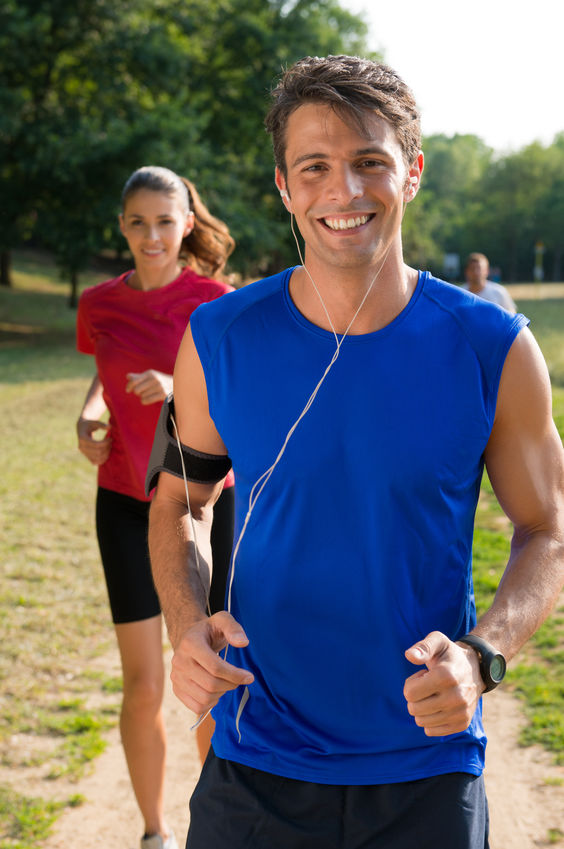
Another reason you may get leg cramps while doing a diet, not just Keto, is an increase in exercising and an increased caffeine consumption. As with most diet plans, the Keto diet and lifestyle includes exercise as a normal part of your daily routine. Leg cramps during an exercise session usually happen at the end of an intense workout because fatigued muscles are more likely to cramp. People new to exercising are more likely to get cramps as they get tired much more quickly than veteran exercisers. If you start out slow and carefully progress your workouts, you will avoid unnecessary cramps. Water and other liquids help prevent leg cramps by replacing fluids lost in sweat. Sweating excessively as a result of hot weather or overdoing a workout can lead to dehydration, which can also be a cause of muscle cramps and spasms. Drink more liquids, especially when you are active outside in hot weather. Drinking a sports drink with electrolytes is a fast way to replenish electrolytes after exercising but we do not recommend to do this too often since most sports drinks are loaded with added sugar and artificial colorings, which can deter you from your Keto goals.
Caffeine
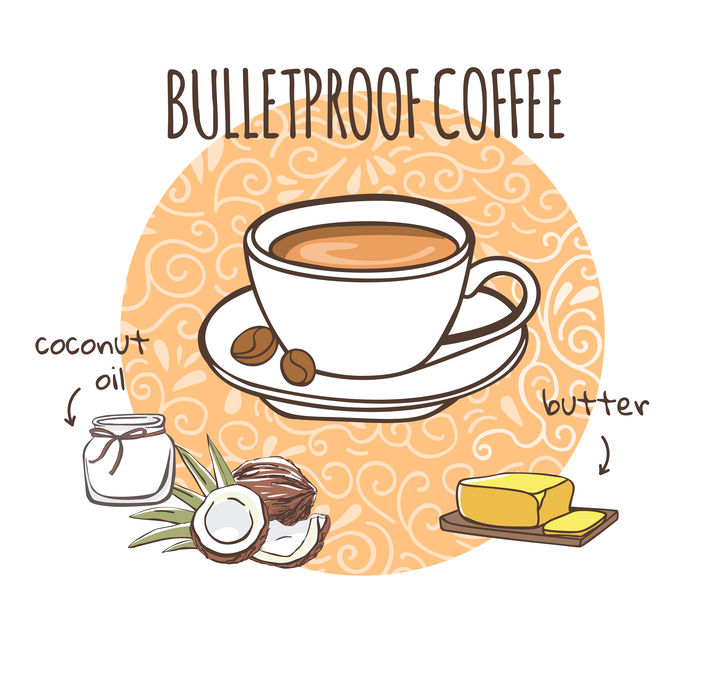
Although bulletproof coffee is encouraged on the Keto diet, you have too much of a good thing! Adding this buttery treat to your breakfast is certainly a yummy way to start the day but drinking too much of it, can increase the frequency of getting leg cramps because caffeine can stimulate your muscles to contract and also acts as a powerful diuretic. Any type of diuretic flushes out water from your body, which can lead to dehydration, electrolyte imbalance and muscle cramps.
5 Easy Ways You Can Treat Leg Cramps On Keto
There are several treatment options, none of which are expensive or complicated to follow and which may provide much-needed relief. You can usually treat leg cramps by applying a few simple self-care measures and incorporating some minor lifestyle changes.
1. Replacing Electrolytes
While on Keto, the emphasis is on clean eating and eating real food and less focus is placed on packaged, over-processed foods that are often loaded with salt, fat and sugar. However, fruit is not largely consumed because it is loaded with carbs and sugars. Also during ketosis, electrolytes might be lost. So, it is vitally important that Keto dieters need to be especially aware of their electrolyte levels, including sodium, potassium, magnesium and calcium.
Replacing electrolytes is vital to avoid getting leg cramps on Keto.
Some easy ways to add electrolytes into your diet include:
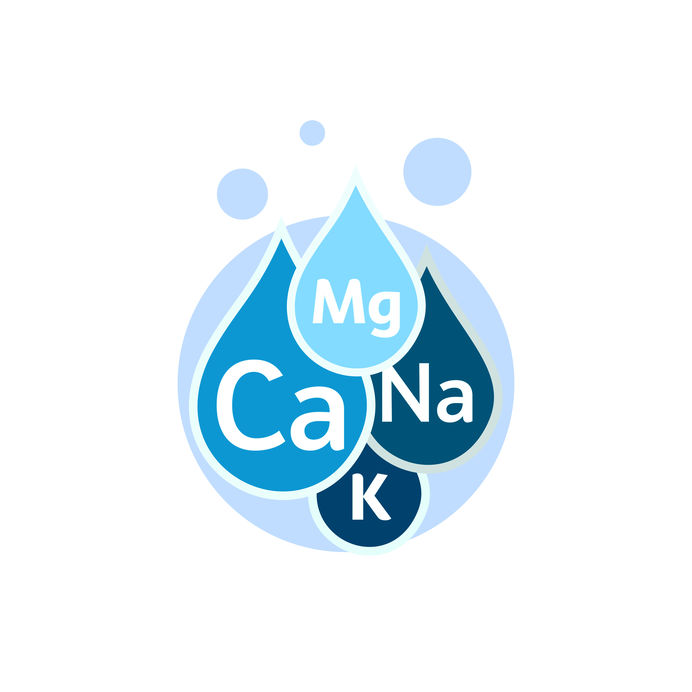
- Bone broth contains important nutrients, especially minerals, derived from these tissues.
- Milk and yogurt are excellent sources of the electrolyte calcium.
- Bananas are replete with potassium. With about 422 mg of potassium per banana. Potassium helps control muscles and blood pressure. But bananas contain high quantities of carbs, so eat in moderation.
- Coconut water is great for a quick energy and an electrolyte boost during or after a workout. Coconut water contains about 600 mg of potassium and 252 mg of sodium per cup.
- Watermelon is full of potassium and water. Snack on watermelon after a workout to boost energy and electrolyte stores.
- Avocados are loaded with potassium. Just one avocado can contain approximately 975 mg of potassium.
- Leafy greens such as swiss chard, spinach and brussels sprouts are full of potassium.
- Adding table salt or Himalayan salt to your food is a fast way to add sodium to your diet.
Eating right on any diet is difficult, more so on Keto. People tend to eat too much fat while not other essential minerals and vitamins. When dieters do not eat the right amounts of nutrients, they suffer with leg cramps and also do not each their weight loss goals.
The fastest and most complete way to ensure that you replace the top four electrolytes while on Keto is to take a supplement since it is quite difficult to get all the necessary daily amounts directly from food all the time.
2. Supplementation

Supplements fill the gaps that you are missing in your diet. On Keto limiting fruit and dairy, dehydration as a result of entering ketosis can make it hard to get all the nutrients, minerals, vitamins and electrolytes that your body needs and also make you a target to getting more leg cramps than the average joe. A significant body of research has found that certain vitamins and minerals impact muscle function such as magnesium, potassium and calcium. Replacing electrolytes and adding MCT oil are also good ways to reduce the severity and frequency of leg cramps on Keto.
There are even certain supplements made especially for Keto dieters that provide energy, promote good health, and fight the underlying causes of spasms and cramps.
Before taking any of these recommended supplements in an attempt to ease leg cramps, speak to your doctor and make sure that whichever supplement you try that it is sourced from quality ingredients.
Listed below are some supplements for you to consider that will aid in alleviating and preventing leg cramps.
Exogenous Ketones
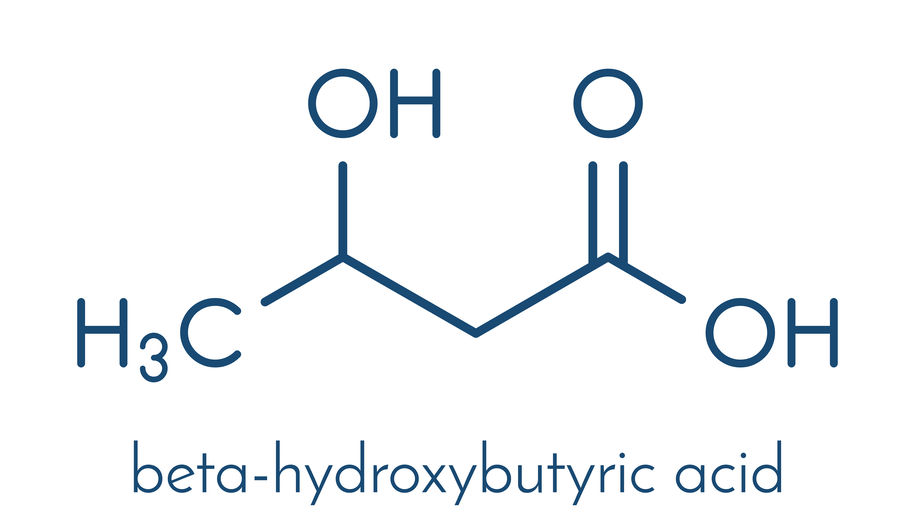
Beta-Hydroxybutyrate or BHB salts are the main ketone bodies found in the body. Multiple studies have found that taking exogenous ketones will help boost ketosis, and help alleviate the main symptoms of the Keto flu like dehydration and mineral/electrolytes imbalance.
Proper hydration and maintaining electrolyte levels are vitally important for all major bodily functions. There are 4 essential salts (Sodium BHB, Potassium BHB, Magnesium BHB and Calcium BHB) needed to balance electrolytes especially when dealing with leg cramps on Keto.
Black Pepper/BioPerine®

Black pepper (Piper nigrum) is an antioxidant that offers a variety of health benefits. Such as anti-inflammatory compounds (essential oils limonene and beta-caryophyllene) that are known to protect against inflammation, a major cause of leg cramps.
We recommend looking for supplements that include BioPerine® which is a patented form of black pepper extract. What makes it so special and effective is that it is proven in various clinical studies to increase bioavailability. BioPerine® increases the absorption into the body of many nutrients, especially BHBs and minerals.
MCT Oil
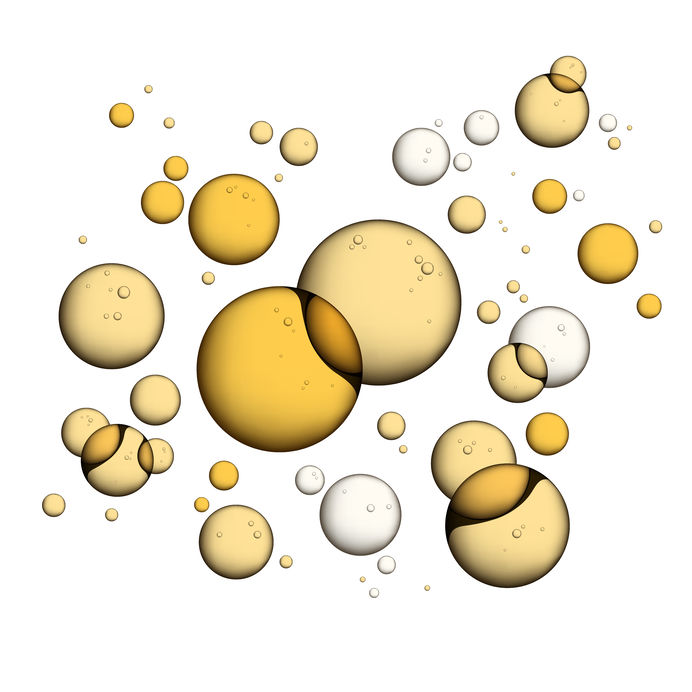
There is plenty of research showing how MCT oil can benefit you while you are on a Keto diet but it can also help you with leg cramps. MCT stands for medium-chain triglyceride, which is a type of fat easily broken down by the body into ketones. The more ketones you have in your body the easier it will be for you to achieve and stay in ketosis which will speed up your weight loss results. MCTs have also been shown to curb hunger cravings, to strengthen the immune system and relieve inflammation, one of the causes for muscle pain and cramps.
Magnesium and Calcium Duo
Having a magnesium deficiency can be a cause of leg cramps. On the typical American diet or on Keto, people tend not to get enough magnesium. The National Institute of Health recommends getting 420 milligrams of magnesium each day.
Magnesium is a mineral that is vitally important to the body’s function. Specifically, it helps to regulate blood pressure, keep bones strong, maintain the heart rhythm steady and controls muscle and nerve function. Research shows that increasing magnesium intake can significantly help reduce the frequency of nocturnal leg cramps. Calcium is needed by the body to maintain strong bones and to perform many important functions.
Magnesium and calcium are a great duo when dealing with muscle and nerve function. Calcium contracts muscles while magnesium relaxes them. The typical American diet is high in calcium but quite low in magnesium. When you don’t have the right balance, you may get leg cramps. When you are not eating enough Keto-friendly seeds (hemp, chia and pumpkin), spinach or avocados, a supplement source is both handy and healthy.
Potassium

Potassium is an essential mineral that regulates muscle functions. The human body requires at least 100 mg of potassium daily and the FDA recommends 4700 mg daily. Research shows that potassium helps your muscles to relax but also works together with other electrolytes for muscle contraction. Potassium deficiency (hypokalemia) is a result of the body losing a lot of fluid such as in dehydration, diarrhea, excessive sweating or vomiting. If you are deficient you may get leg cramps.
Sodium
Decreasing the intake of carbs, as you do on a Keto diet, makes your body lose a lot of water. As you do, your body is also losing sodium. Additionally, when you are doing Keto and entering ketosis, you also lose water and sodium. This is the main reason why dieters get the “Keto flu.” In order to avoid leg cramps on Keto, it is recommended to increase your sodium intake because you can easily find yourself lacking this essential mineral. We suggested some ways to add sodium to your food but when you can’t get enough, sodium tablets or capsules are ideal.
3. Stretching and Massaging

Your doctor or healthcare practitioner can show you stretching exercises that can help you reduce your chances of getting muscle cramps and what to do in case you get an attack. Overall, we recommend stretching the cramped muscle and gently massaging it with your thumb to help it relax.
For a calf cramp, you should try to stand in order to put your weight on the cramped leg and then try to bend the knee. If you cannot stand, then sit on the floor, bed or chair with your affected leg extended. Then try to pull your foot that is contracting (the affected side) toward your head while your leg is still in an extended position. This will also bring relief to a hamstring (back thigh) cramp. For a quadriceps (front thigh) cramp, try to pull your foot on the affected side up toward your bottom.
There are many other stretches that you can do to alleviate leg cramps. Learning a few basic stretches is always a good idea, in case of leg cramps, or for cooling down post-workout. Stretching before going to bed and as soon as you wake up can help prevent leg cramps by loosening tight areas in your muscles.
4. Hydration

Drinking enough water may pose a challenge on any diet but it is especially important while on Keto. As mentioned earlier, one of the major causes of leg cramps while on Keto is dehydration. So, being mindful of your water intake is critically important when you are doing this popular diet. But, how do you know how much water to drink? How much is enough?
The Institute of Medicine (IOM) recommends that the adequate water intake per day for men is 125 ounces (3.7 liters), and for women it is 91 ounces (2.7 liters). These recommendations include water from beverages and foods (think along the lines of tomatoes, cantaloupes, raspberries, strawberries and watermelon which are all Keto-friendly). Most people still follow the standard 8 x 8 guideline, which recommends drinking eight 8-ounce glasses of water per day during the 8 hours that you are awake. Most importantly is to listen to your body, drink when you feel thirsty. Interestingly, oftentimes when we feel hungry, it is our body telling us that we need to drink! The goal is not to drink as much water as you can physically swallow, which can lead to overhydration or hyponatremia (yes it’s a thing), but rather to have as much as your body needs. Overhydration can dilute the electrolytes in your body. A good rule of thumb is to drink until you are no longer thirsty or hungry and until your urine is a light yellow in color.
5. Heat and Ice Method
Applying hot or cold compresses is usually done when an injury occurs but they can also be especially helpful when you experience a leg cramp.
Heat therapy, or thermotherapy can involve the use of a hot water bottle, a heating pad, hot pack or warm towel that can be heated in a microwave, or soaking in a warm/hot bath. Applying heat on tense or tight muscles for a few minutes and then gently massaging the affected area can help a great deal to bring relief and prevent more leg cramps. Soaking in a warm or hot bath may also bring relief to the cramped muscles. Many personal trainers and physical therapists recommend using Epsom salt (magnesium sulfate) while soaking in the tub. A sauna or steam room may also be a feasible option. Heat treatments increase blood flow to the area, help muscles relax and decrease pain.
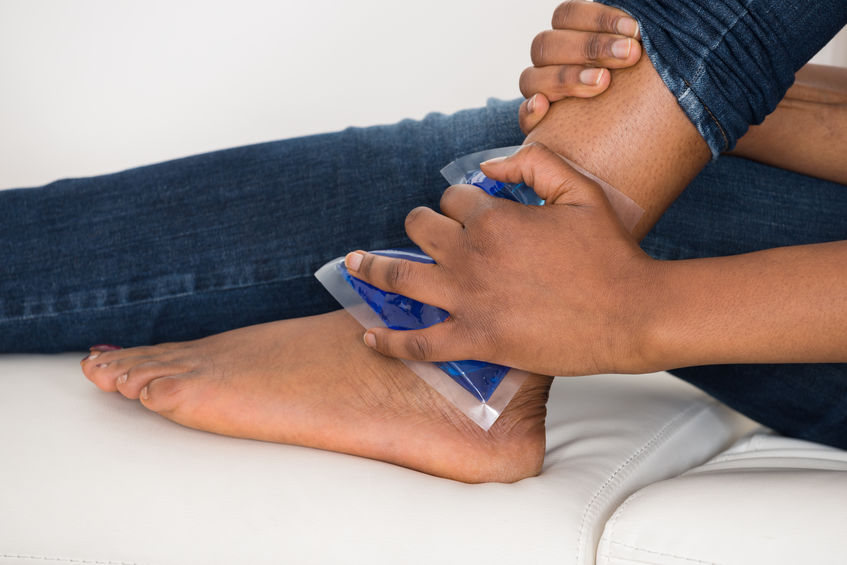
Alternatively, with cold therapy, or cryotherapy, a water bottle filled with cold water, an ice pack, a pad cooled in the freezer, crushed ice in a bag or even cool water can be used to alleviate leg cramps and may also relieve some of the pain. Cold treatments should be applied to the cramped area for at least 20 minutes, every 4 to 6 hours, for 3 days at a time. Other forms of cold therapy include: immersion or soaking in cold, but not freezing, water; and massaging the area with an ice cube or an ice pack in a circular motion from two to five times a day, for a maximum of 5 minutes, to avoid an ice burn. In this case, applying ice directly to the skin is allowed since it is in constant motion. Cold therapies reduce inflammation by decreasing blood flow and should be applied within 48 hours after a leg cramp.
Never use extreme heat, and never put ice directly on the skin.
The Bottom Line
Don’t let leg cramps cramp your style! Take the necessary steps to avoid them altogether or at least to minimize their effects while you are navigating the Keto diet and way of life. All you need to do is to make a few lifestyle changes and follow our simple solutions and suggestions while following the Keto diet. Remember to drink plenty of fluids and eat a well-balanced meal, avoid strenuous exercise and excessive sweating, and stretch when you wake up and before going to bed. If you do get a leg cramp while on keto, massage the affected area and apply heat or cold therapies. Above all, we recommend taking a supplement so that you can reach your daily allowances of the essential minerals, electrolytes and other nutrients needed for you to avoid leg cramps while achieving your weight loss goals on Keto.

